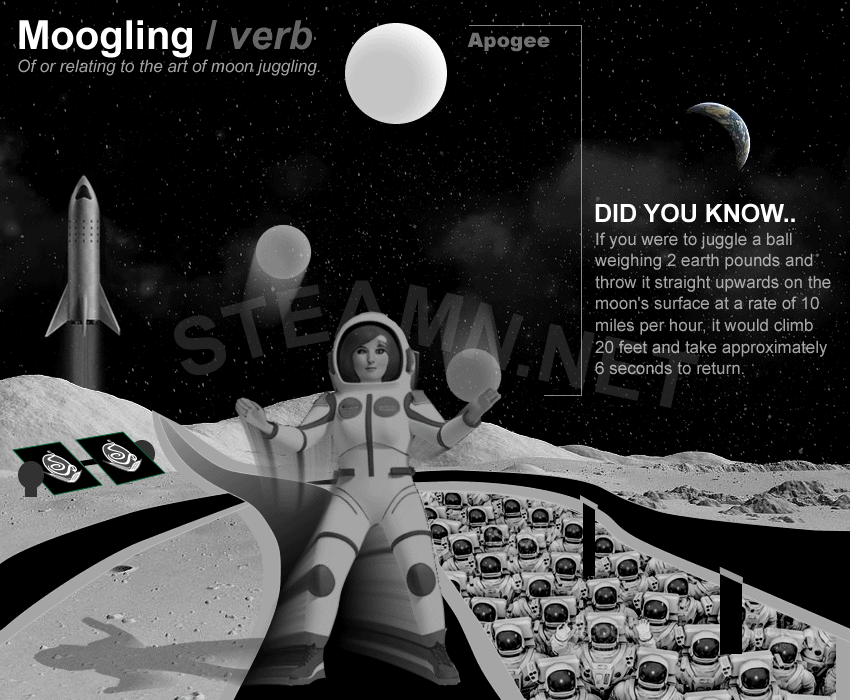STEAM'N Lesson Plans - Discovery Based Education and Lesson Plan Marketplace
The Great Animated GIF Series: The Physics of Juggling and Moogling Mahem- Price - $5.95
Please rate this Lesson on one to five scale
Overview:
In this crazy animation you're actually learning about the physics of juggling on the earth and moon as well as solar energy. Can you point out what they are?

Related Video:
Age Level:
4-67-1011-13
Lesson Type:
Traditional
Purchase Complete Plan | Price: $5.95
^
Copyright 2022 STEAM'N Lesson Plans - Discovery Based Education and Lesson Plan Marketplace.
